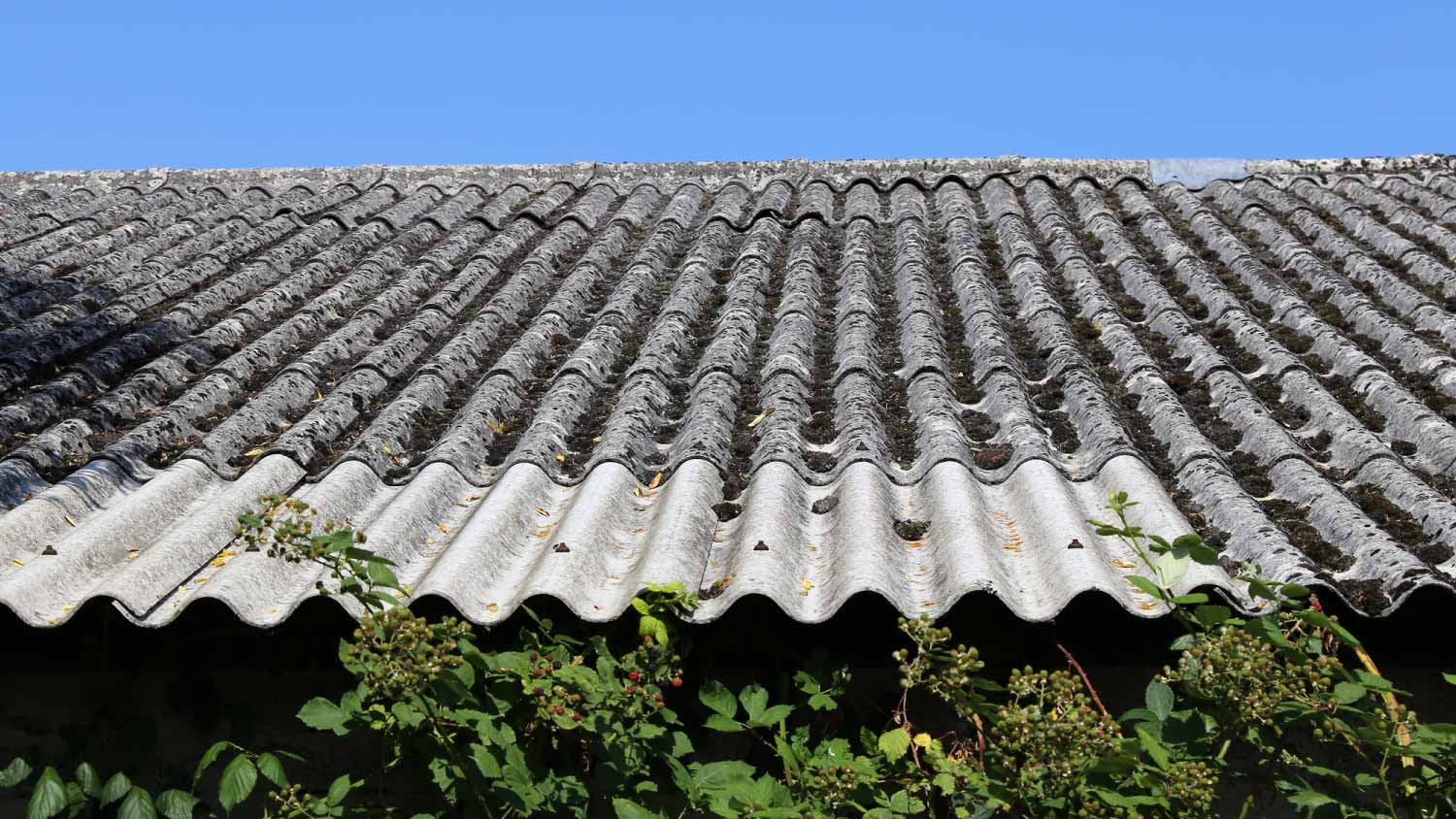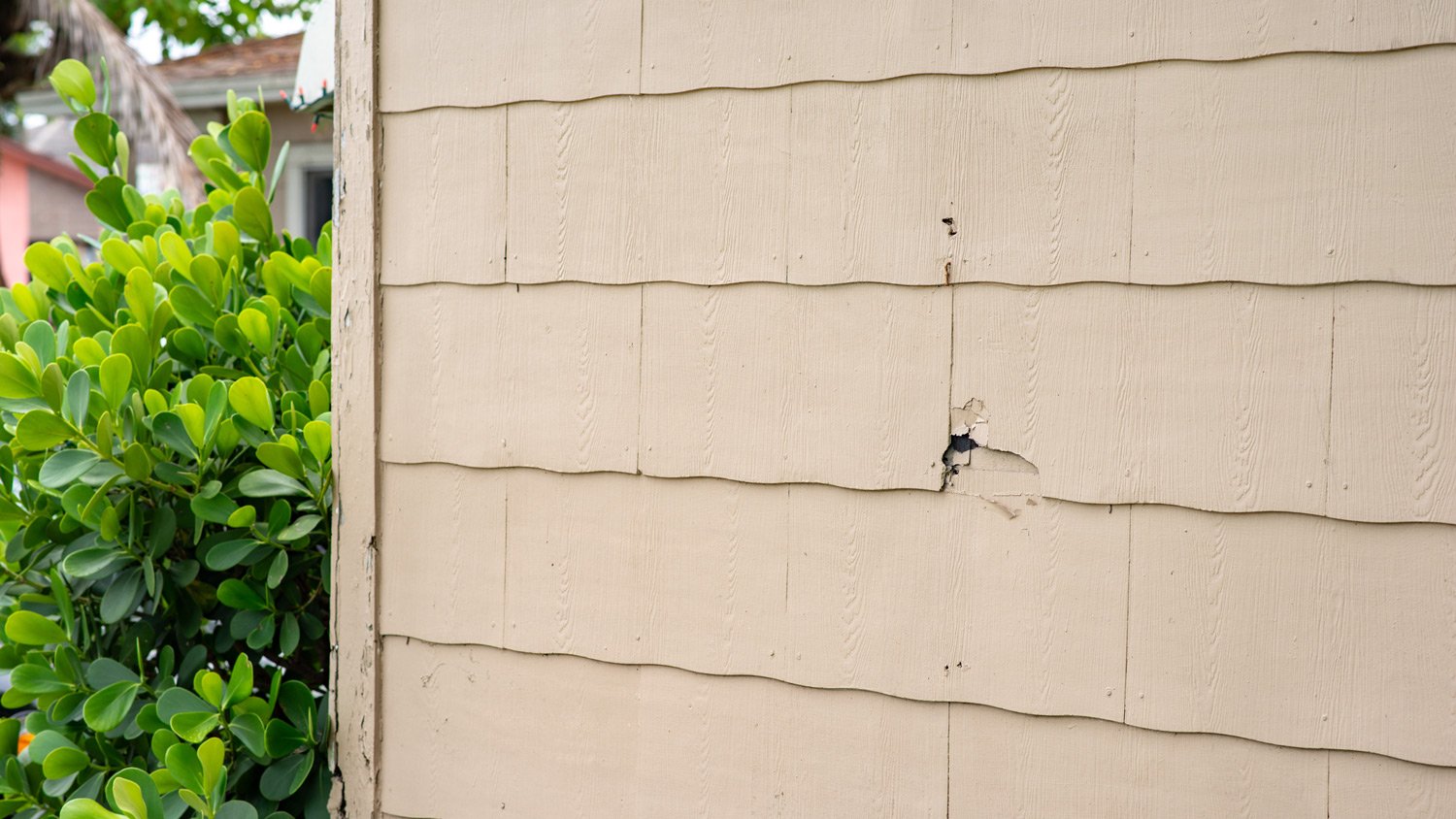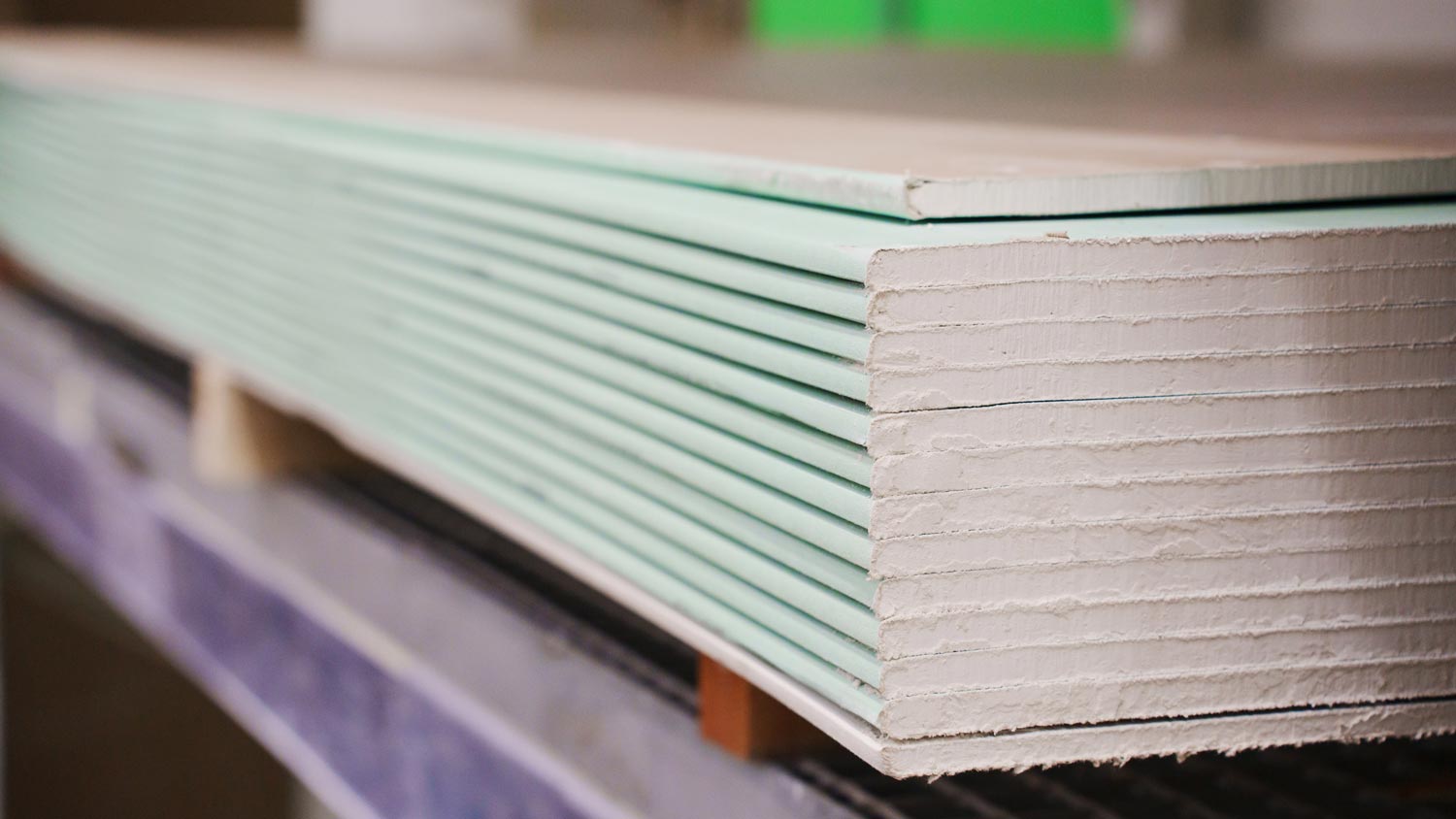How to Test for Asbestos Safely
Testing for asbestos yourself requires serious precautions


Considering the serious health problems that microscopic asbestos fibers can cause if inhaled, those who own an older home need to know how to test for asbestos. You have the option of purchasing a DIY at-home asbestos test kit to see if you have asbestos. Because of the health risks, however, it is important to take multiple safety precautions before testing. If you prefer to avoid any risk, the safest option is calling an asbestos testing company.
Why Do I Have Asbestos in My Home?
Even though asbestos is now known to cause cancer, that was not always the case. In past decades, manufacturers often added this mineral fiber to construction materials to make them stronger and more resistant to heat and fire.
How Much Does Asbestos Testing Cost?
The cost for an asbestos test is about $485 on average, though it can range from $230 to $780. The type of asbestos testing influences the cost, with air testing costing on the higher end of the spectrum. Dust samples are the least expensive, coming in between $120 and $180. Pros can also collect a physical material sample from siding, tile, or insulation, which is priced in the mid-range.
If your home was built before the 1970s, there’s a chance some of the building materials used contain asbestos. You'll need to hire a pro to detect for any asbestos.
How to Identify Asbestos
When looking for asbestos, check for signs of asbestos in a house. The age of materials in the home is a key indicator that you may have asbestos. Any home built in the 1980s or earlier could have products containing asbestos unless a previous homeowner completely remodeled the home.
Old vinyl flooring and loose vermiculite insulation may contain asbestos. If you have older cement sheets or boards in the walls instead of drywall, asbestos is also possible. Old popcorn ceiling textures can also potentially contain asbestos.
If you own an older home, asbestos can be found in a wide range of areas and materials, including:
Ceiling tiles
Cement board
Duct insulation
Floor adhesive
Knob and tube wiring
Loose attic insulation with vermiculite
Popcorn ceiling texture
Roof shingles
Sheetrock
Siding
Vinyl floor tiles
Vinyl sheet flooring
Water pipe insulation
How to Test for Asbestos
If you want to do your own at-home test for asbestos, you can purchase a kit. The process of collecting the sample can vary across materials—for instance, collecting an insulation sample will be a different process than getting popcorn ceiling samples. Follow your kit’s instructions for specific guidance.
1. Put On Protective Gear
To do the testing yourself, you need to wear personal protective equipment (PPE), including a filtered mask, eye protection, gloves, and coveralls with a hood. Some kits include some or all of the PPE you need. Additionally, make sure the kit’s cost includes the expense of mailing the sample to the lab and the cost of running the test. Some inexpensive kits may charge you extra for these items.
2. Seal the Area
Seal off any nearby doorways and windows using plastic sheets and make sure no one else is in the home. Sealing the area will help prevent contaminating other areas of your home with any asbestos particles that may become disturbed. Be sure to also turn off all fans and HVAC units so the air does not circulate through your home.
3. Collect the Sample and Mail It
Follow the kit’s instructions to take a sample of the item that you believe may have asbestos. The method of collection will vary based on the material, but you may have to scrape some particles or use a damp cloth to collect dust. Once collected, mail the sample to the lab that produced the kit to receive a reading on the material.
If you do not feel comfortable doing the testing yourself, that is completely understandable. Who do you call to check for asbestos? Hiring a local asbestos testing company to do the work ensures that you will not inadvertently expose yourself or your family to asbestos. Pros have the PPE and the know-how to do the job safely.
Tips for Dealing With Asbestos

After a DIY home test or a professional test, if you find out that some part of your home has asbestos, you need to take care of it. Asbestos removal cost typically ranges from about $1,200 to $3,200.
You should not try to remove asbestos materials yourself because of the danger of inhalation of the microscopic fibers. In fact, most states require a licensed asbestos removal expert to remove and dispose of this material. In other words, a homeowner usually cannot remove asbestos as a DIY job. Until the time that a removal company can do the work, do not disturb the material in any way. Just avoid the area.
DIY vs. Hiring a Pro for Asbestos Testing
A key factor to consider before testing for asbestos is whether you feel comfortable working around this hazardous material. If you do not use PPE correctly, you could expose yourself to the dangerous fibers. If you make an error when obtaining the sample with a DIY testing kit, you may receive a false reading. Additionally, some DIY testing kits have problems with accuracy.
Hiring a pro to do the testing ensures that you will receive an accurate test and that you do not put your health at risk. The asbestos testing cost for hiring a professional averages almost $500, but you could pay less, depending on the complexity of the testing process. You can expect to pay about $50 for a DIY kit that includes PPE, lab fees, and mailing costs.
If the DIY test comes back positive, you may want to hire a professional testing company anyway, just in case the DIY test was in error.
Frequently Asked Questions
If you own a stereo microscope, you should be able to see the fibers. The stereo microscope often can perform magnification up to 50x. But unless you have experience viewing asbestos fibers, you may not know exactly what you are seeing. Some fibers are curly, while others are long and straight. Blue, brown, white, and gray colored fibers are all possible.
Yes, even a one-time exposure to asbestos could result in future illness, but everyone reacts differently. Some people may be able to have multiple exposures without suffering harm, while others cannot. Because you cannot be certain how your body will react and because the illness may not show up for 10 to 40 years after the inhalation of the fibers, you should always take precautions around any substance you think might contain asbestos.
The microscopic asbestos fibers do not cause eye irritation, throat irritation, or lung irritation. If you are inhaling fibers, you will not know it. This lack of immediate symptoms is one of the reasons why asbestos is so dangerous. You cannot know for certain if you are inhaling fibers, which is why you must wear safety gear if you could have any chance of an exposure while working.





- How to Clean Asbestos Safely
- Where Is Asbestos Found in a Home?
- 4 Signs of Asbestos In Your House
- Who Do You Call to Check for Asbestos?
- When Was Asbestos Used in Homes? What to Know About the Once-Popular Housing Material
- Do Home Inspections Check for Asbestos? What You Need To Know
- What Is Asbestos?
- How Do I Clean My House After Asbestos Exposure?
- What Does Asbestos Look Like?
- How Is Asbestos Removed From Homes?











